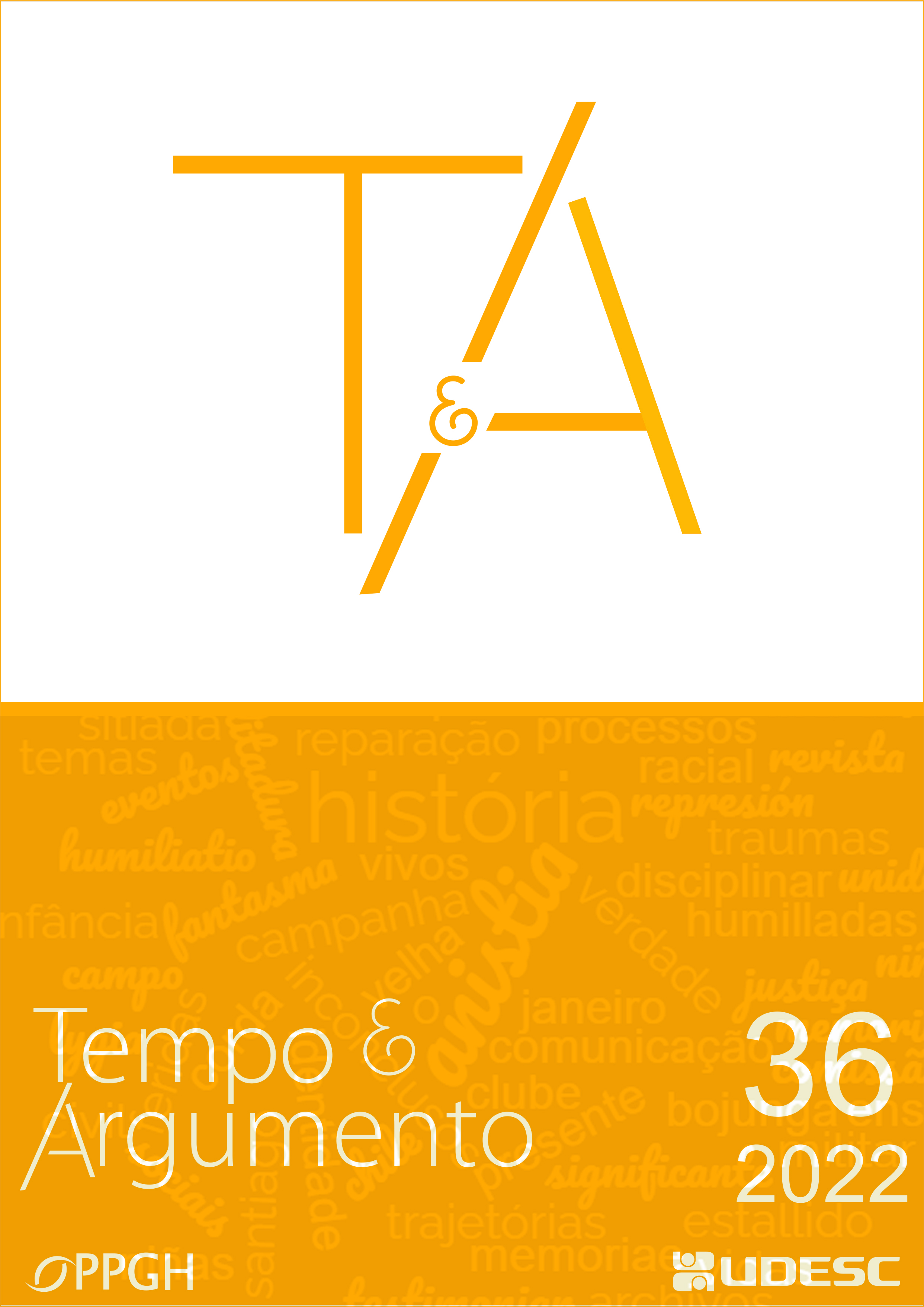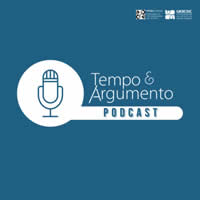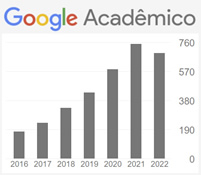Lock, key, and a wheel. The traces of a symbolic language in the Asilo de Expósitos y Huérfanos of Montevideo 1894-1934
DOI:
https://doi.org/10.5965/2175180314362022e0205Keywords:
signs, torno, abandonment, foundlings, orphansAbstract
In the refuge of foundlings and orphans of Montevideo there was a circular lopende band from 1818 until 1934 (a year in which it was forbidden). In this torno or rotary device, people used to leave babies with signs such as letters, medals, pictures, among other things. This article analyzes such objects through the perspective of the history of emotions as an example of values and social practices of morality in a determined period of time. It visibilizes and analyses these signals and the symbolic language used in such practices, approaching them as cipher messages of an intimate conversation between families and progeny. 90% of the babies brought such signs, and the legal period for recovering them was two years. During that period only 30% of the childs were recovered by their family.
Downloads
References
BARRÁN, José Pedro. Historia de la sensibilidad en el Uruguay 1800-1860. La cultura Bárbara. Montevideo: Ediciones de la Banda Oriental, tomo I, 1998.
BENJAMIN, Walter. A obra de arte na era da sua reprodutibilidade técnica» (traducción de la última versión de «Das Kunstwerk im Zeitalter seiner technischen Reproduzierbarkeit», en Gesammelte Schriften, por Marijane Lisboa). En Walter BENJAMIN, Magia e técnica, arte e política. São Paulo: Brasiliense, 1987b.
BLUM, Ann. Domestic Economies. Family, Work, and Welfare in Mexico City, 1884-1943. Engendering Latin America Series. 2010.
DERRIDA, Jacques «Freud y la escena de la escritura» (traducción de Patricio Peñalver). En La escritura y la diferencia. Barcelona: Anthropos: 271-317, 1989.
DERRIDA, Jacques De la gramatología. México: Siglo XXI, 2005.
FARGE, Arlette. Efusión y tormento. El relato de los cuerpos. Historia del pueblo en el siglo XVIII. Buenos Aires: Katz, 2008.
FOUCAULT, Michel. La vida de los hombres infames. Buenos Aires: Editorial Acmé S.A.C.I., 1996. Disponible en: https://historiasenconstruccion.wikispaces.com/ file/view/L09+-+MF.+La+vida+de+los+hombres+infames. pdf. Acceso en: 5 mar. 2020.
FOUCAULT, Michel. Nacimiento de la biopolítica. Buenos Aires: FCE, 2007.
GORDON, Steven. «Social structural effects on emotions». En T. Kemper (ed.), Research agendas in the sociology of emotions. Nueva York: State University of New York Press, pp. 145-179, 1990.
OSTA, María Laura. Niños y niñas expósitos y huérfanos en Montevideo del siglo XIX. Revista de la Facultad de Derecho, 41: 155-189, 2016. Disponible en https://revista.fder.edu.uy/index.php/rfd/article/view/559.
OSTA, María Laura. Imágenes resistentes. El lenguaje de las señales en las prácticas de abandono en Montevideo (1895-1934). Montevideo: bmr Académica, 2019.
OSTA, María Laura; ESPIGA, Silvana. Las infancias sin historia: propuestas para analizar y pensar un discurso historiográfico. Páginas de Educación, 10(2), 2017. Disponible en https://revistas.ucu.edu.uy/index.php/paginasdeeducacion/article/view/1427.
RODRÍGUEZ VILLAMIL, Silvia y SAPRIZA, Graciela. Mujer, Estado y política en el Uruguay del siglo XX. Ediciones de la Banda Oriental, Montevideo, 1984.
SOSENSKI, Susana Enseñar historia de la infancia a los niños y niñas: ¿para qué? Tempo e Argumento, 7(14): 132 154, 2015. Disponible en http://revistas.udesc.br/ index.php/tempo/article/viewFile/2175180307142015132/4254.
Downloads
Published
How to Cite
Issue
Section
License
Copyright (c) 2022 Tempo e Argumento

This work is licensed under a Creative Commons Attribution-NonCommercial 4.0 International License.
The articles published by the magazine are for free use, destined for educational purposes and not commercial. The copyrights are all granted to the magazine. The articles whose authors are identified represent the expressed opinion of its authors and not the official position of the Tempo e Argumento magazine or of the Postgraduate Program in History of the Universidade do Estado de Santa Catarina.




